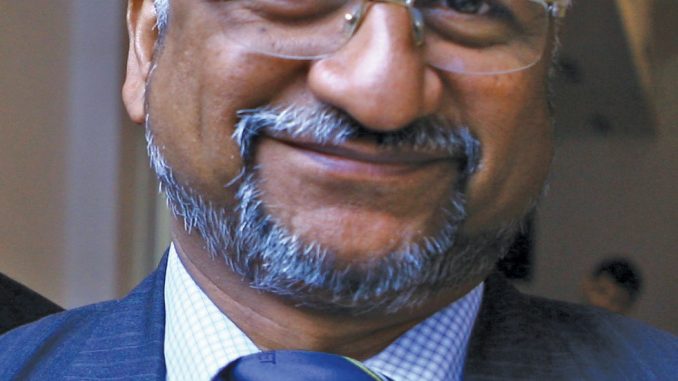
The internet of things (IoT) is the fastest growing technology globally and has found use in almost all sectors, including power. In an interaction with Renewable Watch, Prakash Nayak, senior fellow, Institution of Engineering and Technology, and director, Power Engineering and Automation, discussed his views on the country’s renewable energy sector, the role of IoT in power, and the outlook for the sector. Excerpts…
What are your views on the renewable energy sector? What are the key challenges before it?
The government has set a huge target of 175 GW of installed renewable energy capacity by 2022. Currently, we have a demand-supply gap in India. If these targets are met, there will be energy surplus. In terms of the upcoming capacity, renewable energy is gaining ground over coal-based generation. The key issues being faced by the renewable energy sector are the lack of financial viability of the distribution companies and the availability of funds for investment. The government has taken several initiatives to overcome these challenges. Clear policies are being evolved at the central and state levels, such as the Ujwal Discom Assurance Yojana, which is focused on revamping the financial health of discoms. Meanwhile, a critical area that needs attention is the large-scale integration of renewable energy with the existing conventional power capacity. Since renewable energy is variable and intermittent in nature, it needs to be connected to the baseload energy generated from fossil fuel or hydro plants. Integration issues are bound to arise when renewable energy is introduced into the grid on a large scale as it may make the grid unstable.
What is the role of technologies such as IoT in the growth of the sector?
The power sector has deployed the latest technologies in grid operations such as control systems for power generation units, supervisory control and data acquisition, transmission and distribution supervisory control and data acquisition, and substation automation. However, with the large-scale integration of variable and intermittent renewable energy into the grid, a number of changes will be required. For instance, the government is currently promoting the development of solar rooftop projects. Managing a number of rooftop solar plants connected to the grid will be a challenging task. In this regard, IoT can help accumulate and integrate data to generate insights about the various rooftop solar projects connected to the grid. This is just one example of what IoT can enable. IoT can be a game changer in the future. Moreover, if solar radiation data is available for an entire month, then the load despatch centre will be in a better position to predict the generation from solar projects and thus manage grid operations better.
What is the level of adoption of these technological solutions in India?
It is a work in progress. Almost all substations in India are connected to the state grid or the national grid. In the national grid, you can track the data flow in terms of generation, the load factor, etc. However, for renewables, the data flow is much more distributed because of the large number of small projects. This is where communication media and the internet are going to play a key role. However, unlike substations with a robust backbone communication network in place, setting up an integrated communications network for all renewable projects will require huge capital investments. Hence, we need to look at the available technology, that is, the internet.
Where does India stand globally in terms of technology adoption?
The Indian situation is quite complex owing to the federal nature of the government as well as the diverse geography. It is quite possible that there is a scenario where the centre introduces a technology but all the states are not willing to adopt it. It is important for the states to recognise the technology that is best suited for the country.
How do you see the sector evolving? Which technology is likely to dominate?
Solar is likely to dominate because there still exists a huge untapped potential in the country. Moreover, solar is easier to install and is less time-consuming. The maintenance techniques required for solar plants are simpler than those for wind. Overall, solar is easily adaptable and scalable, which is not the case with wind. Wind is restricted to a few geographies. Therefore, solar is likely to take the lead in the coming years. While the 175 GW target is very ambitious, a number of policy initiatives are being taken to support it. If the government is able to adequately address the issue of the poor financial health of the discoms, the target could be easily achieved.
